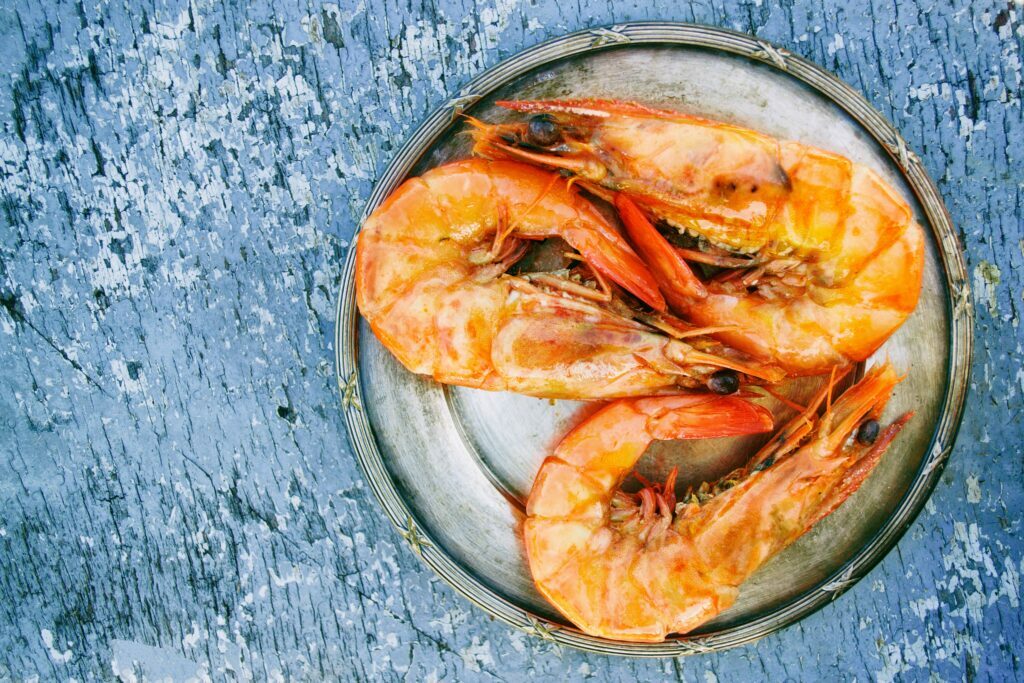In this article, we will share a list of the best food sources of Omega-3 fatty acids for vegetarians and non-vegetarian to use this super healthy fat type for healthy living.
Omega-3 fatty acids have a number of health benefits from improving eyesight to improving heart health. So, in this article, we will share with you the best sources of Omega-3 fatty acids. So that you can also add it to your diet and benefit from its amazing effects on health.
So let’s start with the list of best food sources of Omega-3 fatty acids:
Vegetarian Food Sources of Omega-3 Fatty Acids
1. Seaweed and Algae

Seaweed, nori, spirulina, and chlorella are different forms of algae that many people eat for their health benefits.
Algae and seaweed are important sources of omega-3 for people on a vegetarian or vegan diet because they are one of the few plant foods containing both DHA and EPA.
The DHA and EPA content varies depending on the type of algae and the particular product.
There are many ways to include these foods in the diet. For example:
- nori is the seaweed used in sushi
- dried seaweed is a tasty, crispy snack
- chlorella and spirulina make a nutritious addition to smoothies
Seaweed is also rich in protein, and it may have antidiabetic, antioxidant, and antihypertensive properties. People can find chlorella and spirulina in health-food stores or online.
2. Chia Seeds

Chia seeds are an excellent plant-based source of ALA omega-3 fatty acids. They are also high in fiber and protein.
They contain 5.055 g of ALA per 1-oz serving.
People can use these seeds as an ingredient in granola, salads, or smoothies, or they can mix them with milk or yogurt to make chia pudding. Mixing chia seeds with water can also serve as an egg substitute.
3. Edamame

Edamame beans are immature soybeans that are particularly popular in Japan. They are rich in both omega-3s and protein.
A half-cup of frozen edamame beans contains 0.28 g of ALA.
Boiled or steamed edamame beans work well in a salad or as a side dish.
4. Kidney beans

Kidney beans are one of the most common beans to include in meals or eat as a side dish. People can add them to curries or stews or eat them with rice.
They contain 0.10 g of ALA per half-cup.
5. Soybean Oil

Soybeans are popular legumes from Asia. Many people use soybean oil for cooking.
Soybean oil contains 0.92 g of ALA per tbsp. It is also a good source of:
- vitamin B2
- magnesium
- potassium
- folate
- vitamin K
6. Wheat germ

Wheat germ is the internal part of the wheat grain. It has a mild, nutty flavor, making it suitable as a topping for salads, cereals, or yogurt.
One cup of wheat germ contains 6.91 g of ALA.
Wheat germ is also high in Vitamin B1, Vitamin B6, and folate.
Non-Vegetarian Food Sources of Omega-3 Fatty Acids
Fatty, oily fish is an excellent source of DHA and EPA.
The following types of fish are some of the best sources of these fatty acids. For each fish below, the serving size is 3 ounces (oz).
1. Mackerel

Mackerel is a small, fatty fish that people commonly eat smoked.
One serving of mackerel contains:
- 0.59 grams (g)
- of DHA
- 0.43 g
- of EPA
Along with omega-3s, mackerel is rich in selenium and vitamin B12.
2. Salmon

Salmon is a popular and nutritious fish. There are several differences between wild and farmed salmon, and their DHA and EPA content can vary.
One serving of farmed salmon contains:
- 1.24 g of DHA
- 0.59 g of EPA
One serving of wild salmon contains:
- 1.22 g of DHA
- 0.35 g of EPA
It also contains high levels of protein, magnesium, potassium, selenium, and B vitamins.
3. Oysters

Oysters are a type of shellfish that restaurants tend to serve as an appetizer or snack. Unlike many other seafood sources, oysters contain all three major classes of omega-3s.
One serving of oysters contains:
- 0.14 g of ALA
- 0.23 g of DHA
- 0.30 g of EPA
They are also rich in zinc and vitamin B12.
4. Shrimp

People around the world eat shrimp as both an appetizer and a component of many meals.
One serving of shrimp contains:
- 0.12 g of DHA
- 0.12 g of EPA
It is also rich in protein and potassium.
Fortified foods and beverages
Some foods and beverages are not naturally high in omega-3s, so manufacturers may add the nutrient to the product. A person may be able to buy omega-3 fortified versions of:
- fruit juices
- bread
- eggs
- milk
- yogurt
- butter, margarine, and spreads
- oils
- baby food
Summary
An important nutritional component, omega-3 fatty acids support healthy cell function throughout the body. They may also have a significant impact on mental health and brain function, according to research.
DHA, EPA, and ALA are the three kinds of omega-3 that should be present in a healthy diet. DHA and EPA levels are frequently high in fish and seafood.
Although seaweed and algae also include EPA and DHA, making them a healthy alternative for persons following a vegetarian or vegan diet, plant sources are often abundant in ALA.

